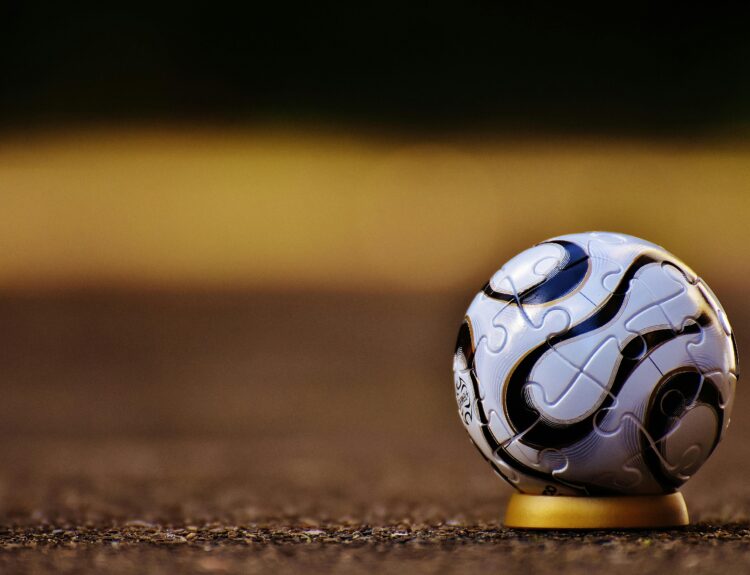The constant struggle between defensive and offensive tactics is a fascinating dynamic embraced by coaches, players, and strategists alike in various sports. Striking the right balance can be the difference between a championship title and an early exit from the competition. To delve deeper into this subject, we’ll explore the key elements that define these strategies and how to achieve equilibrium.
Understanding Defensive Tactics
Defensive tactics aim to minimize the opponent’s scoring opportunities through various means, including positioning, anticipation, and team coordination. A robust defense can frustrate an opponent, leading to errors and turnovers. Key components of a strong defense include:
- Positioning: Players must be in the right spots to intercept passes and block shots.
- Anticipation: Reading the opponent’s moves ahead of time.
- Team Coordination: Effective communication and support among team members.
Mastering Offensive Tactics
On the flip side, offensive tactics focus on maximizing scoring opportunities and breaking down the opponent’s defense. This requires creativity, precision, and speed. Essential elements of an efficient offense include:
- Movement: Creating spaces and opportunities through dynamic player movement.
- Passing: Accurate and timely passes to outmaneuver defenders.
- Finishing: The ability to convert opportunities into goals or points.
Striking the right balance between these two facets is crucial for any team’s success. For more insights on effective coaching strategies and tips, visit teamfaceoff.com.
Striking the Balance
Achieving the perfect harmony between defensive and offensive tactics isn’t just about implementing strategies on the field; it’s about understanding the broader objectives of the game. Coaches often need to adjust their tactics depending on the game’s progress, the opponent’s strengths and weaknesses, and even environmental factors like weather conditions.
Adaptive Strategies
To effectively balance offense and defense, adaptive strategies are crucial. A team must be able to switch seamlessly between different tactical approaches based on real-time situations. For instance:
| Scenario | Defensive Adjustment | Offensive Adjustment |
|---|---|---|
| Leading by One Goal | Tighten defense, increase marking | Counter-attacks |
| Trailing by One Goal | High pressing to win back possession | Increased forward passes |
| Even Score with Minutes Left | Maintain solid formation | Focus on creating high-quality chances |
Training and Preparation
Teams that excel in balancing defense and offense often commit significant time to specialized training exercises. These drills can include:
- Simulated Game Situations: Practicing various game scenarios where players must respond dynamically.
- Tactical Theory Sessions: Classroom-style sessions where players study and discuss strategic options.
- Strength and Conditioning: Ensuring players are physically prepared to execute both defensive sprints and offensive runs efficiently.
Conclusion
In the dynamic world of sports, particularly soccer, balancing defensive and offensive tactics is a critical component for success. Both elements play an essential role, and mastering them requires a combination of strategic planning, real-time adaptability, and rigorous training.
Continuously evolving your tactical knowledge and staying updated with the latest strategies can greatly enhance your team’s performance. For comprehensive guides and advanced tips on achieving the perfect balance, visit teamfaceoff.com.
Ultimately, the secret lies in recognizing the fluid nature of the game and being prepared to adjust tactics as needed. By developing a well-rounded approach, teams can stay competitive and seize victory in even the most challenging matches.






